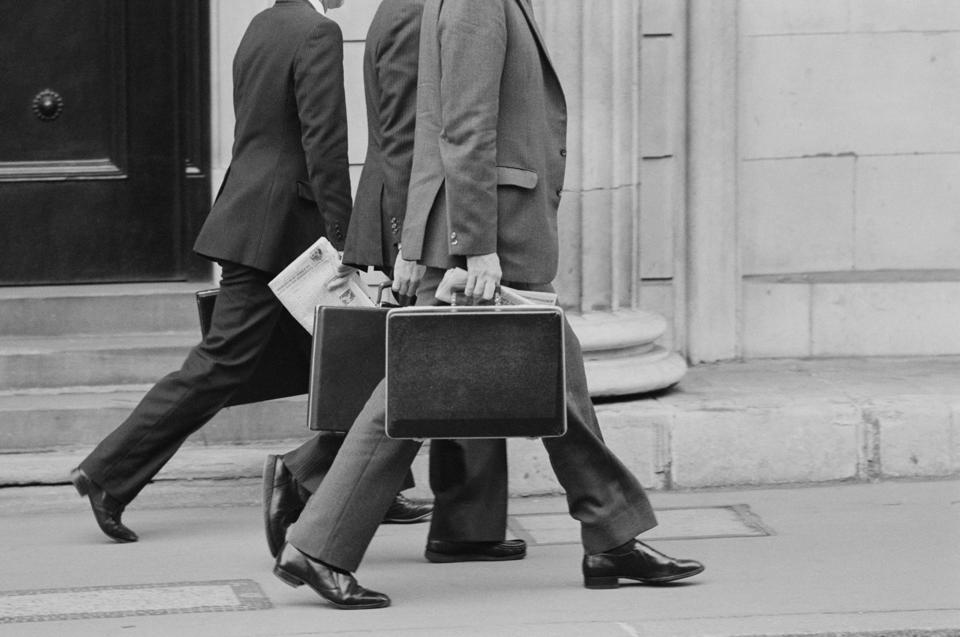
Carol Altmann – The Terrier
Lyndoch Living spent $1.2 million on consultants and lawyers in 2020, and at least another $3 million on its ever-expanding administration.
A deeper dive into the 2020 financial figures reported to the Australian Charities and Not for Profit Commission show Lyndoch has spent at least $1 million a year for the past three years – a total of $3.34 million – on legal fees, consultancies and auditors.
That $3.34 million over three years is more than the food budget for the 200 to 240 residents, but more on that shortly.
Behind the scenes at Lyndoch, a steady stream of consultants has been working on the $100 million masterplan, including – as I understand it – around $99,999 and 99 cents paid to one consultant for the business plan for the medical clinic that will be built on site later this year.
We haven’t seen that business plan, but we can only trust that it’s a good one, because Lyndoch is going into the uncharted waters of borrowing big to finance the estimated $23 million cost.
At the same time, Lyndoch’s administration costs are now more than $3 million a year, compared to $2.5 million in 2015.
The admin budget is hard to follow from year to year, because it keeps bouncing around the balance sheet like a bee in a bottle.
In 2018, it was $3.3m.
In 2019, it suddenly fell to $1.94m after an adjustment or “restatement”.
In 2020, it was back up to $3.07m.
While the figures are subject to the vagaries of various accounting methods, one thing we do know is that the number of admin staff at Lyndoch has gone up.
As has already been reported here, admin staff at Lyndoch shot up from 37 in 2016 to around 60 in 2018, and several other, highly paid souls have joined since.
(Since 2018, Lyndoch no longer publishes a staff breakdown of how many people work in each area.)
In addition to these costs, just under another $1 million has been spent in the past three years on advertising and marketing, including Lyndoch’s sponsorship of the grand annual jumps race at the Warrnambool May Races.
This sponsorship, which was renewed in 2019 and now runs until 2022, was designed to promote its Waterfront Living apartments.
I am yet to hear of anyone buying one of the apartments because they were at the races, but perhaps in between punts they were persuaded.
As it happens, the last of the apartments were sold at heavily discounted prices late last year so Waterfront could finally reach full occupancy.
But enough of the fascinators and corporate suits, what of the budget for residential care?
This brings us back to the kitchen.
I always like to check how much is being spent on food, given this – unlike the races – really is the core business of an aged care home.
In 2019, Lyndoch spent $1.2m on food for around 200 residents, or about $16.50 per resident, per day.
In 2020, this had risen to $1.44m, which looks good on paper, but Lyndoch has also since bought the May Noonan Hostel in Terang, so the number of residents has also increased to around 240.
This means the food budget works out to be the same – around $16.50 per resident, per day.
That is around $6000 in food per resident, per year.
(I suspect the various legal battles funded by Lyndoch against The Terrier have cost the equivalent of that per month.)
Again, I provide this information so the community, which owns Lyndoch, can keep an eye on its direction and priorities behind the marketing and public relations. If you wander over to the Australian Charities and Not for Profit Commission, you can check it all out for yourself.
In the meantime, we keep digging.
More soon.

